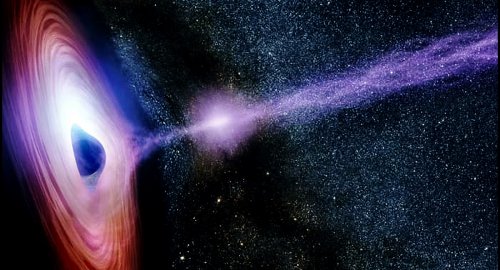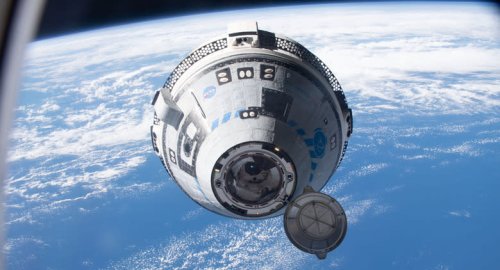
The Bonkers Connection between Massive Black Holes and Dark Matter

- 19-07-2021, 17:25
INA – SOURCES
A team of physicists is proposing a radical idea: Instead of forming black holes through the usual death-of-a-massive-start route, giant dark matter halos directly collapsed, forming the seeds of the first great black holes.
Supermassive black holes (SMBHs) appear early in the history of the universe, as little as a few hundred million years after the Big Bang. That rapid appearance poses a challenge to conventional models of SMBH birth and growth because it doesn’t look like there can be enough time for them to grow so massive so quickly.
“Physicists are puzzled why SMBHs in the early universe, which are located in the central regions of dark matter halos, grow so massively in a short time,” said Hai-Bo Yu, an associate professor of physics and astronomy at UC Riverside, who led a study of SMBH formation that appeared in Astrophysical Journal Letters.
“It’s like a 5-year-old child that weighs, say, 200 pounds. Such a child would astonish us all because we know the typical weight of a newborn baby and how fast this baby can grow,” he adds.
“Where it comes to black holes, physicists have general expectations about the mass of a seed black hole and its growth rate. The presence of SMBHs suggests these general expectations have been violated, requiring new knowledge. And that’s exciting.”
So instead of trying to form black holes from the deaths of massive stars, then trying to get them to accumulate enough material to grow to SMBH status, perhaps something else — dark matter halos — formed them.
“Our work provides an alternative explanation: a self-interacting dark matter halo experiences gravothermal instability and its central region collapses into a seed black hole,” Yu said.
There’s already plenty of dark matter in the early universe. It accounts for over 80 percent of all matter in the cosmos, and the first galaxies grew inside of much larger dark matter clumps, or halos.
But in order for dark matter to collapse enough to form black holes, it must interact with itself. That way, it can lose all the kinetic energy gained as it collapses, allowing it to reach high enough densities to trigger the formation of a black hole.
Since that black hole would be born from a lot more material than a star, it would already be well on its way to becoming supermassive.
“The advantage of our scenario is that the mass of the seed black hole can be high since it is produced by the collapse of a dark matter halo,” Yu said. “Thus, it can grow into a supermassive black hole in a relatively short timescale.”
S. Korea plans $2 bn emergency aid for auto sector hit by U.S. tariffs
- International
- 08:58
U.S. revokes all visas for South Sudanese citizens
- International
- 08:00
Al-Amiri warns of any war between Iran and the US
- politics
- 25/04/01
ChatGPT temporarily down due to pressure from cartoon trend
- Articles
- 25/03/30












